Former SNP leadership hopeful Kate Forbes has opened up about her experience with postnatal depression and how it left her feeling an “intense sadness I would never escape from”.
The Highland MSP chose to share her personal story to reduce stigma associated with the depression which affects one in 10 women.
In our exclusive interview, the former finance secretary says:
- The traumatic birth of daughter Naomi last year led to a postnatal depression diagnosis shortly after returning home.
- She couldn’t sleep, experiencing “quite extreme levels of terror” and fears “someone could harm her baby”.
- She struggled to hold and bathe Naomi at first and had thoughts about how she was a “terrible person” and had “wrecked everyone’s lives”.
- Midwives should get more specialist mental health training.
The SNP politician worked right up to a day or so before going into labour in August 2022, and admits she was “not particularly relaxed” going into the process.
But nothing could have prepared her for the birth of her first child.
It was probably a day or two after getting home that my mind degenerated very, very fast.
– Kate Forbes
After being in labour for around 18 hours, things started to accelerate rapidly and Kate started to lose blood, which caused the room to “fill immediately with lots of staff”.
The SNP politician recalls she went “completely white and unresponsive” and after the baby failed to appear over the next few hours, she was later delivered using forceps.
“You just have that constant sense of fear because you’re in chronic pain but you also are desperately hopeful that your baby is safe and at certain points her heart rate plummeted as well”, Kate says.
“To get to the end was just that sense of huge relief. And then she was immediately taken to the special baby care unit because of some particular concerns with her.
“You get that point of huge relief. You’ve come through the fire and then your baby is taken away from you.”
‘Extreme levels of terror’
After being in Raigmore hospital in Inverness for a few days, the pair were able to return home to Dingwall.
But the MSP says that looking back, it was at this point things went “badly wrong in my mind”.
Speaking to the P&J in her Holyrood office, she continues: “I have never, over my lifetime, had any particular challenges with mental health. We all have highs, and lows, and periods of difficulty, sadness, grief or anxiety, but this was something totally different.
“But then at night total night terrors of seeing somebody causing harm to me or the baby.
“To start with, I had insomnia, complete insomnia. I couldn’t sleep a wink. I couldn’t nap. I went days on end being unable to sleep. That was accompanied by quite extreme levels of terror.
“Terror when I was awake and during the day. Fear that something awful was going to happen. I couldn’t really comfortably be anywhere alone in the house for fear.
LISTEN: Kate Forbes tells The Stooshie podcast about her birth experience
“But then at night total night terrors of seeing very visibly somebody causing harm to me or to the baby.
“And then just being wracked by guilt, anxiety, intense sadness, and feeling extraordinarily vulnerable and like I’d caused other people huge difficulty; that I’d wrecked their lives.”
She continues: “When you’re in that mental frame of mind, you don’t know what the alternative is. You should be so full of maternal happiness and yet I struggled to hold my baby. I couldn’t bath her because I was scared I would cause harm; I couldn’t sleep.
“I realised there was an element of baby blues that I might have been prepared for but this felt like an intense sadness I would never escape from.”
Postnatal depression diagnosis
A week after Naomi was born, Kate revealed her feelings to her midwife.
The NHS immediately sprung into action and quickly diagnosed postnatal depression which they continued to check for around six weeks.
She got through the experience with the support of husband Ali, who cared for her and the couple’s daughter, along with keeping on top of everything in the house.
The MSP also received counselling and support from wider family.
Kate says: “I don’t think my husband had ever seen me in that kind of state.”
After those first few months, the SNP politician says the experience made her “absolutely determined” to enjoy motherhood as much as possible.
Asked if the experience has changed her outlook on life, Kate thinks it gave her a “lot more sympathy and empathy with others who go through that”.
She adds: “But I am also absolutely stunned by how little understanding, recognition and perhaps investment there is in supporting women through those first few months after giving birth.
“While it is quite a common issue, some stats suggest one in 10 women suffer from PND, some go up to 50%. Despite that actually there hasn’t been the investment in terms of research, development and so on.”
Need to end stigma
The former finance secretary says her own treatment was “second to none” but she thinks it could help to provide more mental health training to midwives.
She also believes there is a need to end the stigma attached with getting help for such issues, with new mothers often worrying there will be judgment.
By the time of the SNP leadership race early this year, prompted by Nicola Sturgeon’s shock resignation, she felt she had “come through the worst”.
She admits: “There’s nothing I’ve done that comes close to the challenges of navigating those first few weeks with a newborn – and that includes stepping in to do budgets last minute or the leadership contest.”
Now, Naomi is 13 months old and thriving, and the Highland politician is “really enjoying” motherhood.
“She looks like her dad, acts like her mother, which I’d say is the worst of both worlds,” Kate jokes.
“She is a feisty little independent lady who is insistent on walking everywhere without holding anyone’s hand. She is full of fun, games and mischief and is going to prove to be a very enjoyable handful for the rest of her life.”
Symptoms of postnatal depression and how to access support:
Postnatal depression is a type of depression that many parents experience after having a baby. It affects more than one in 10 women within a year of giving birth. It can also affect fathers and partners.
Many women feel a bit down, tearful or anxious in the first week after giving birth.
This is often called the “baby blues” and is so common that it is considered normal. The “baby blues” do not last for more than two weeks after giving birth.
If symptoms last longer or start later, it could be postnatal depression.
Signs can include:
- a persistent feeling of sadness and low mood.
- lack of enjoyment and loss of interest in the wider world.
- lack of energy and feeling tired all the time.
- trouble sleeping at night and feeling sleepy during the day.
- finding it difficult to look after yourself and your baby.
- withdrawing from contact with other people.
If you think you may be depressed, speak to a GP, midwife or health visitor as soon as possible.
There are also more specialist services to support those at risk of becoming more unwell. These include:
- perinatal mental health services.
- hospitals, and mother and baby units (MBUs).
Read more via the NHS Inform website here.
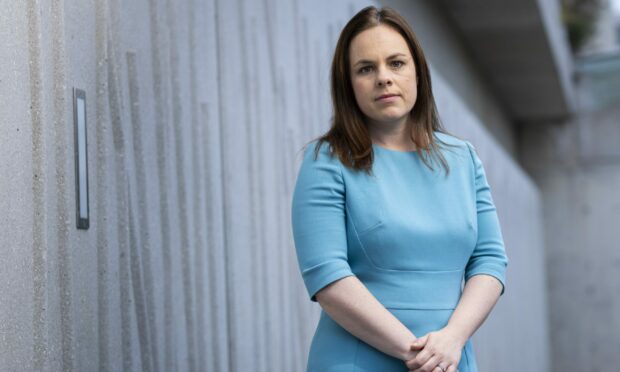
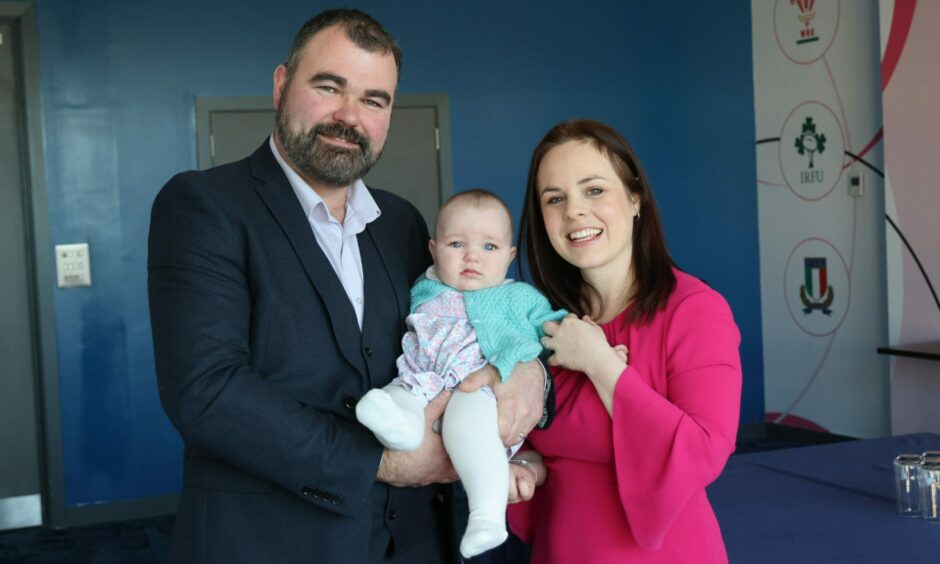
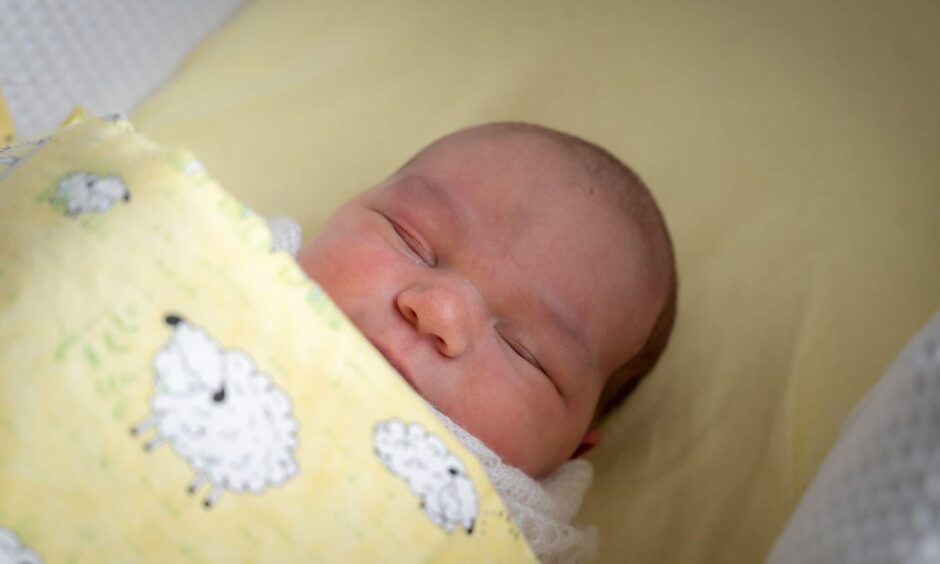
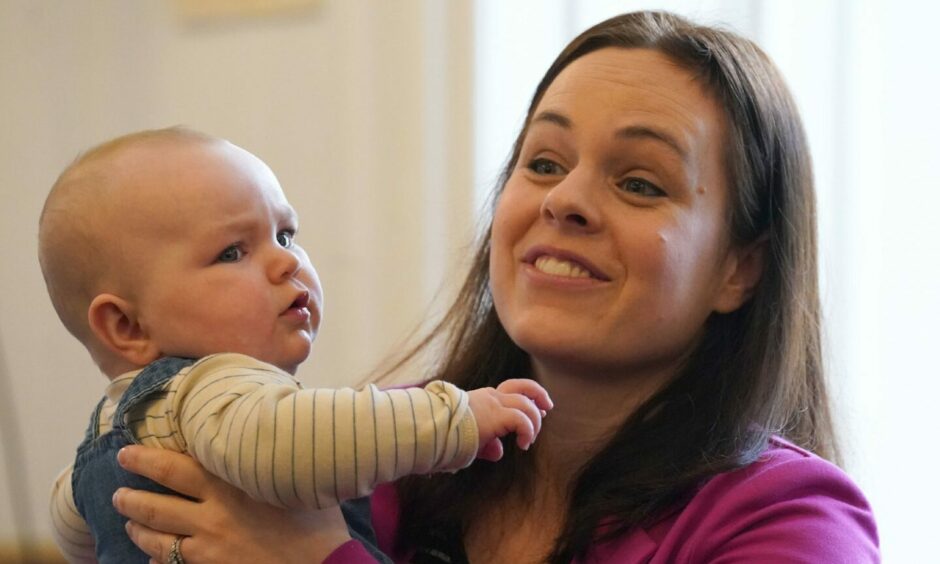
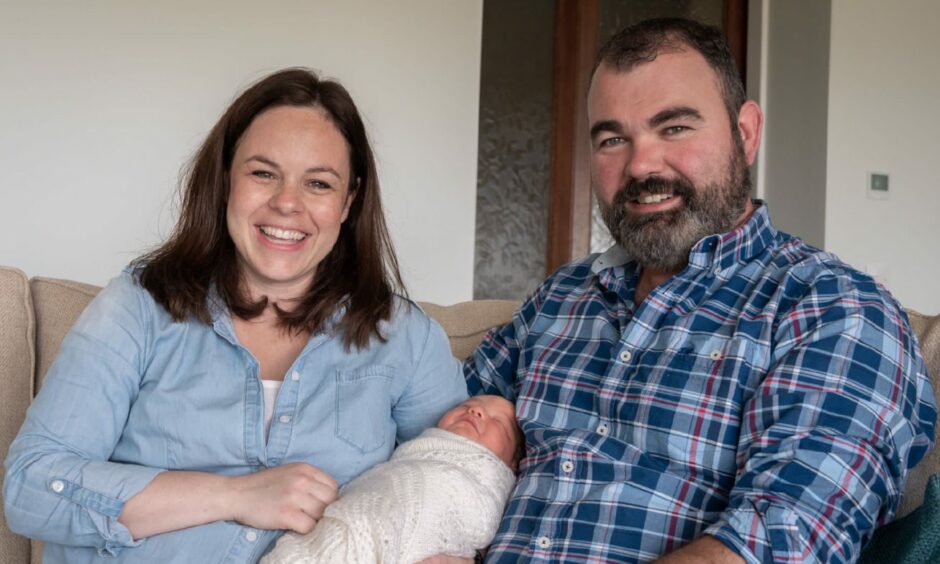

Conversation